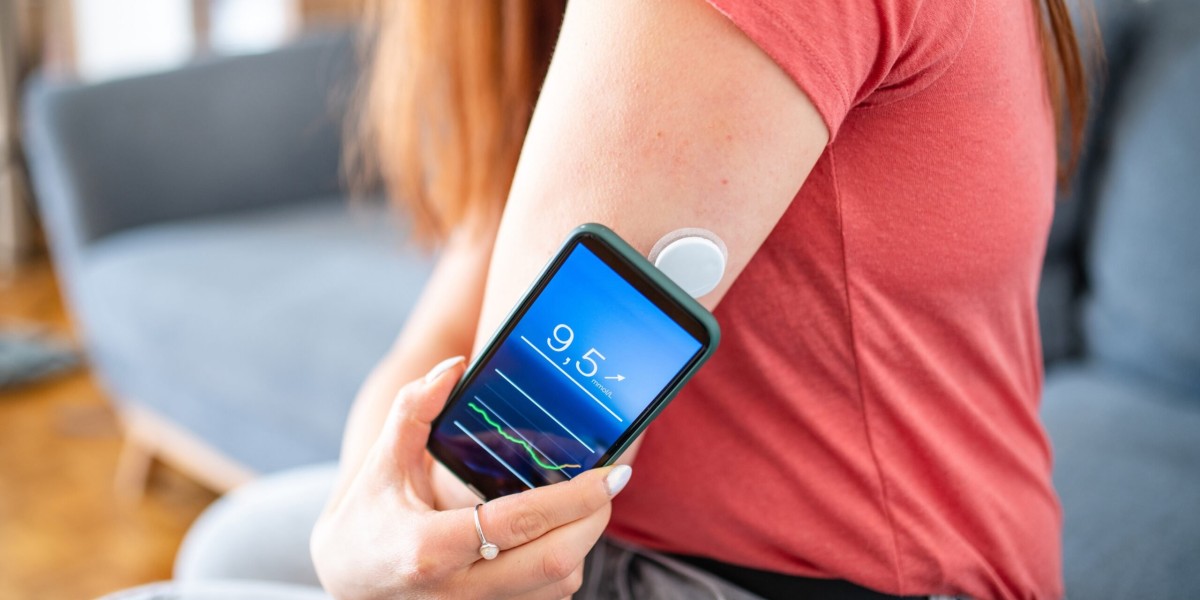Our world is increasingly dominated by touch. We swipe, scroll, and tap our way through information, seamlessly interacting with devices that have become extensions of ourselves. But have you ever stopped to consider the technology behind this intuitive control? Often hidden beneath the surface lies a workhorse called the swipe sensor.
The Magic of the Swipe:
Swipe sensors are a type of sensor that detects the movement of your finger (or other object) across a designated area. They come in various forms, with capacitive and optical sensors being the most common. Capacitive sensors detect changes in electrical fields caused by your finger, while optical sensors use light to track movement.
Despite their seemingly simple function, Swipe Sensors play a crucial role in our daily lives. From the moment you unlock your smartphone with a swipe, these sensors are silently translating your actions into digital commands. They power the intuitive gestures on tablets, allowing you to effortlessly navigate webpages or zoom in on photos. Even everyday appliances like ovens and thermostats often utilize swipe sensors for a sleek and user-friendly experience.
Beyond Convenience: The Advantages of Swipe Sensors:
The beauty of swipe sensors lies in their ability to provide a natural and intuitive way to interact with technology. They offer several advantages over traditional buttons or keypads:
- Simplicity: A swipe is an easily understood gesture, making these sensors ideal for devices used by people of all ages and technical backgrounds.
- Efficiency: Swipe gestures can often accomplish tasks faster than navigating through menus or pressing multiple buttons.
- Space-Saving Design: Swipe sensors eliminate the need for bulky buttons, allowing for a sleek and minimalist device design.
A Glimpse into the Future:
As technology evolves, so too does the potential of swipe sensors. Here are some exciting possibilities on the horizon:
- Multi-directional Swipes: Imagine using swipe gestures in more than just one direction. Advanced sensors could recognize diagonal swipes or circular motions, opening up new avenues for device control.
- Integration with Augmented Reality (AR): Swipe gestures could be used to manipulate virtual objects in an AR environment, creating a more immersive and interactive experience.
- Enhanced Security: Swipe sensors could be combined with biometric authentication, allowing for secure unlocking of devices by recognizing a user's unique swiping pattern.
Swipe sensors, though often unseen, are a cornerstone of our modern technological landscape. Their ability to provide intuitive and efficient control has revolutionized the way we interact with devices. As technology continues to develop, swipe sensors are sure to play an even greater role in shaping the future of user experience. So, the next time you effortlessly swipe through your day, take a moment to appreciate the unseen technology that makes it all possible.
Get more insights on Swipe Sensors



